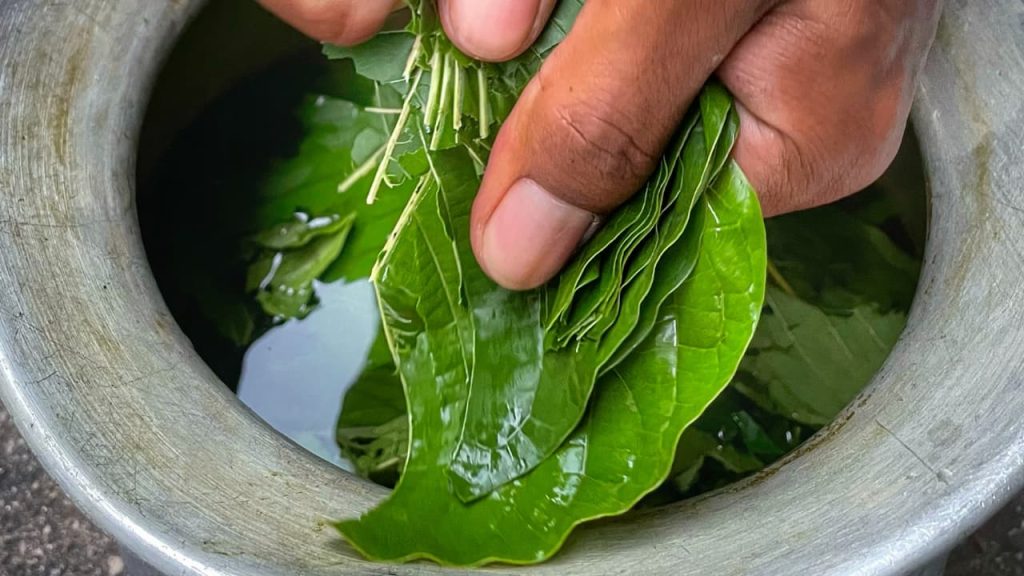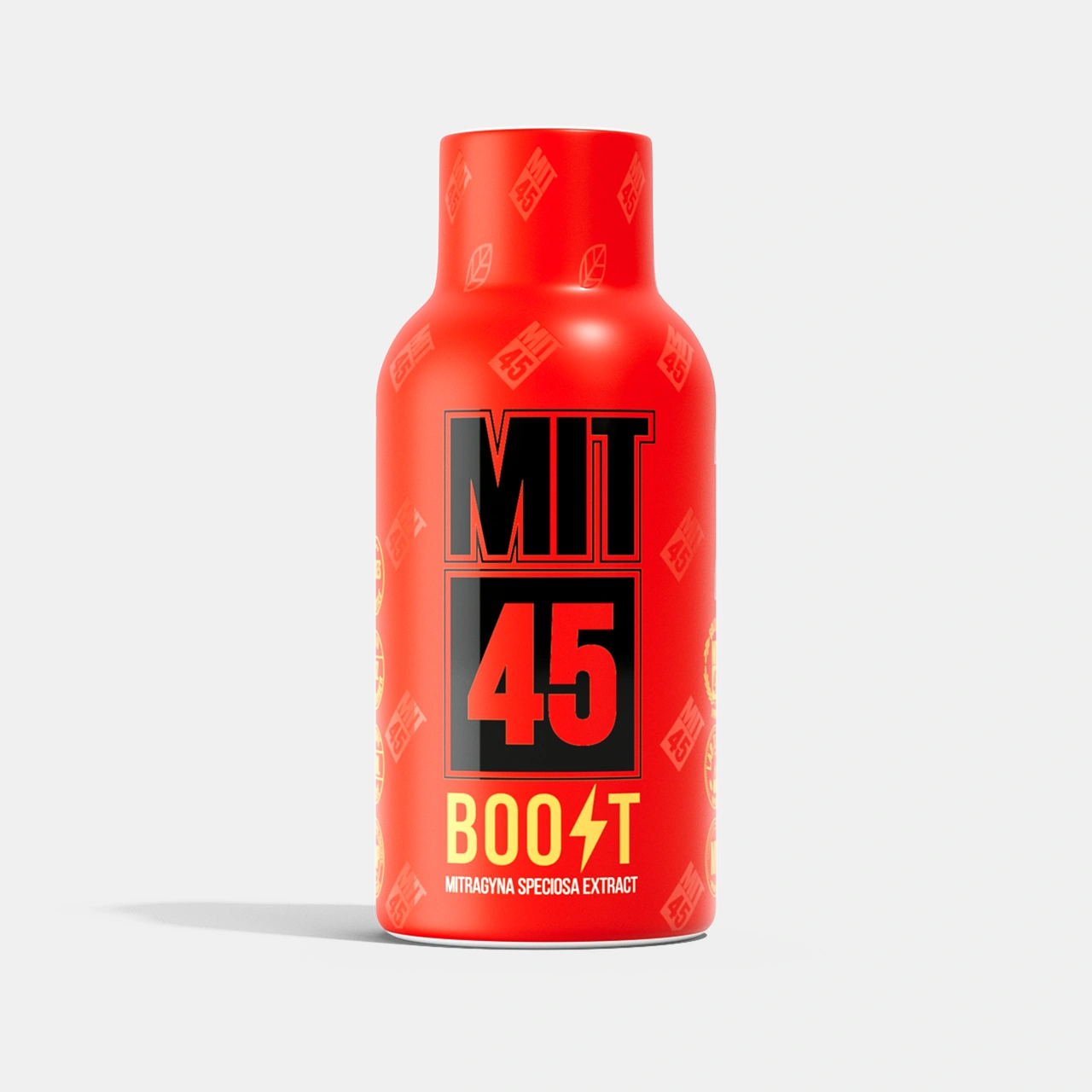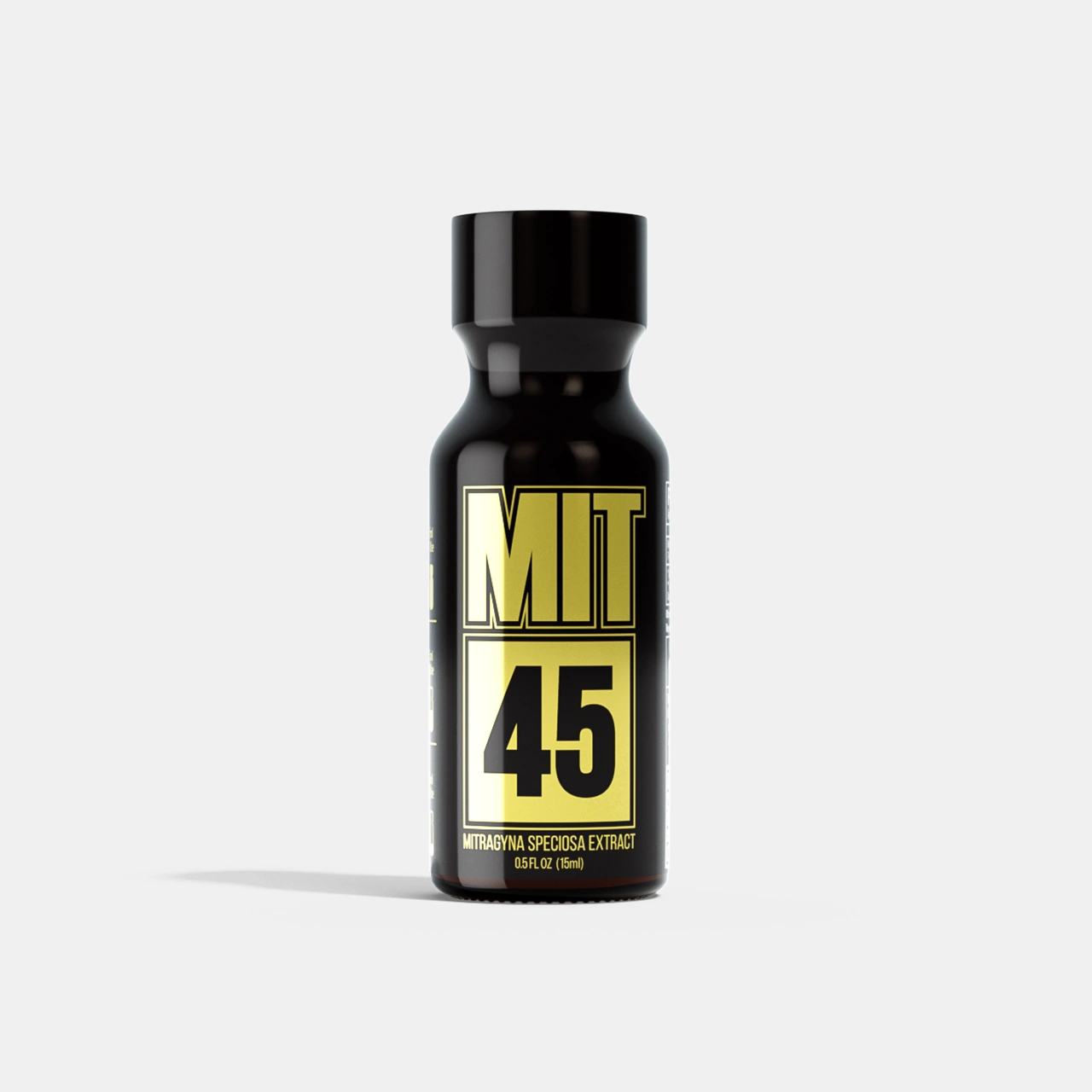When shopping for kratom, you have your choice of strain, brand, strength, and formulation. In addition to gummies, loose-leaf teas, capsules, and liquid shots, a popular formulation is kratom extract.
Kratom powder is the finely ground form of the kratom leaf, containing the full spectrum of alkaloids, while kratom extract is a concentrated form where the active compounds are isolated, resulting in a strong extract with a higher alkaloid concentration.
Kratom extract is great for kratom users who want precise measurements and rapid absorption in a cost-effective way, but it can be a little confusing, too. That’s because using extracts requires you to pay more attention to the strength of your kratom products so that you don’t overdo it. Kratom extracts are much stronger than traditional kratom powder.
This guide covers the most popular types of kratom extracts to give you the knowledge you need to choose the type of kratom extract you prefer.
Why Choosing the Right Kratom Extract Matters
Extracts are always stronger than the substance they are made from. Their higher concentration means that the effects are felt more strongly, and often faster.
You will need much less of your kratom extract product to notice the same effects. The high alkaloid concentration also means that kratom extract is best for more seasoned kratom users, as opposed to beginners. It is better for beginners to stick with traditional kratom powders and loose-leaf teas.
Standardized powders get their name from the fact that they have standardized concentrations. This means that every single container or package of the powder has the same mitragynine alkaloid content. The term standardized powder applies to both a set percentage and small percentage ranges. It can even apply to powders with upper limits for concentrations.
It’s important to note that standardized powders come in various concentrations. Raw powders often have concentrations of 2% or less, while extracts typically have concentrations of 10%-75%. The key feature is that you know what to expect.

How Kratom Powders vs. Extracts Are Made
Traditional kratom powders and extracts may both start with the leaves of the Mitragyna speciosa plant, but the result is quite different.
Kratom powder is made by waiting for the Mitragyna speciosa leaves to mature before they are harvested. After the harvest, they are dried and then ground into a fine powder. Usually, the powder also includes the stems and other plant matter.
There are a few different ways to get from the kratom leaf to the much stronger kratom extracts.
To produce liquid extract, raw kratom leaves are dissolved in a blend of ethanol and water, or solely in water. Introducing citric acid as a preservative is advisable, ensuring the extract maintains an acidic pH, ideally around 4.
After a thorough shaking, the mixture undergoes a steeping process in a dark environment for 1-2 weeks. Then, the mixture is strained, and approximately half of it is subjected to evaporation. At this stage, the extract typically thickens, and it can be stored in a dark bottle.
While this method is more complex than a straightforward steeping process, the resulting concentrated extract can be highly effective. Many liquid kratom extracts are crafted using a similar approach, often incorporating glycerin to balance the acidity levels.
What Makes Kratom Extracts Appealing?
Typical kratom products are great for a lot of kratom users, but everyone has to find the strain and formulation that works for them, which is dependent upon their experience with kratom, the desired effects they are looking for, and their preferred methods of consuming kratom.
Kratom extracts are appealing for several reasons.
Versatility
Kratom extract is highly versatile and can be consumed in various ways. Users can mix it into beverages, such as tea or juice, or incorporate it into food, providing flexibility in consumption.
Rapid Absorption
Liquid-form kratom may facilitate faster absorption by the body compared to other forms. This can result in a quicker onset of effects for some users. The strength of the highly concentrated extract may lead to faster-acting results, as well.
Convenience & Discretion
Due to their concentration, kratom extracts carry a certain convenience factor. You don’t need as much to get the same effect, so you don’t have to have as much on hand to get your desired results. You can also be more discreet because instead of a big pouch of powder, you only have to carry a small portable bottle.
Variety of Options
Kratom extracts, tinctures, enhanced powders, and other stronger-strength kratom products give you plenty of options–enough to suit all your preferences.

Kratom Extract Uses
The uses for kratom extract are similar to the uses for traditional kratom products. Kratom users report that it is useful for:
- Mood enhancement
- Energy
- Stress relief
- Anxiety reduction
- Improved focus and productivity
- Relaxation
- Sleep aid
- Recreational use
How to Shop for Kratom Extract
When shopping for kratom extract, keep in mind that the concentration of its alkaloids means that you need far less extract than with a typical product.
Watch for “x” strength marked on the product. For example, a kratom product labeled “10x kratom extract” or “50x Mitragena extract” would have 10 and 50 times more alkaloids than a regular product.
50x extract means it is 50 times stronger than what you would buy under a typical kratom label.
5 tips to follow when shopping for kratom extract
- Choose a reputable and trustworthy vendor with positive reviews, transparent practices, and a commitment to quality and safety.
- Make sure that your chosen vendor conducts rigorous lab testing on their products to ensure strength and safety. This is especially important because kratom isn’t regulated, so you have to find a trustworthy vendor.
- The best kratom extracts start with high-quality, well-cultivated kratom leaves.
- Confirm the alkaloid concentration of the extract. While higher alkaloid levels often have a stronger impact on the user, excessively high levels may lead to adverse effects. A reputable vendor will provide clear details about alkaloid content.
- Consider the cost of the products. Don’t accept low-quality kratom just because the price is low. With kratom extracts, you often get what you pay for! Finding a deal may feel great, but don’t sacrifice quality for that low ticket price.
Pricing of kratom extracts
The price of kratom extract is dependent upon several factors, including the vendor, the size of the product, and the strain of the kratom you choose.
You will notice some differences in pricing based on quality and strains. For instance, low-budget extracts can cost about $9.99 per ounce, which is about $2 for 5 grams. Higher-quality extracts start closer to a rate of $13 for 5 grams.
Expect the quality of the more expensive extracts to be much higher, with darker kratom that has a stronger kratom odor and flavor. If you have your sights set on a specific strain, you may need to pay more to get the specific kratom leaf that you want.
Those cheaper kratom extracts will rarely be labeled with a specific strain. For example, Ultra Maeng Da kratom will certainly cost more than an inexpensive (but lower-quality) bentauagie kratom (AKA: “chocolate kratom” or “royal kratom).
For enhanced kratom extracts, usually labeled Gold or Platinum, you should expect the price to range between $25-45 for 5 grams.
Choosing the best kratom extract will require you to consider strain, quality, and price.
Check Out MIT45’s Kratom Extracts
At MIT45, we sell only the highest quality kratom, including our strong kratom extracts.
Some of our most popular kratom extract products are:
- MIT45 Ultramit (liquid via pipette)
- MIT45 Black Label Capsules
- MIT45 BOOST (liquid shot)
- MIT45 BOOST Bites (gummies)
- MIT45 GO (pouch)
- MIT45 Super K (liquid shot)
- MIT45 SuperK Extra Strong (liquid shot)
Citations
- American Kratom Association. “GMP Standards Program.” AmericanKratom.org. 2003.
- American Kratom Association. “Press Release: Consumer Guidelines.” AmericanKratom.org. 30 Nov. 2023.
- Editorial Staff. “Kratom Resources.” University of Florida Department of Pharmacodynamics. N.d.
- Paul, Wade. “Kratom Extracts & Enhanced Kratom Powders: What You Need To Know.” Kratom.org. 2023.
- Team Discover. “MIT45 Review: A Look Inside This Kratom Brand.” SeattleMet.com. 21 Nov. 2023.
- Silva, Lauren. “What Is Kratom? Uses, Side Effects And More.” Forbes. 25 Jan. 2024.





